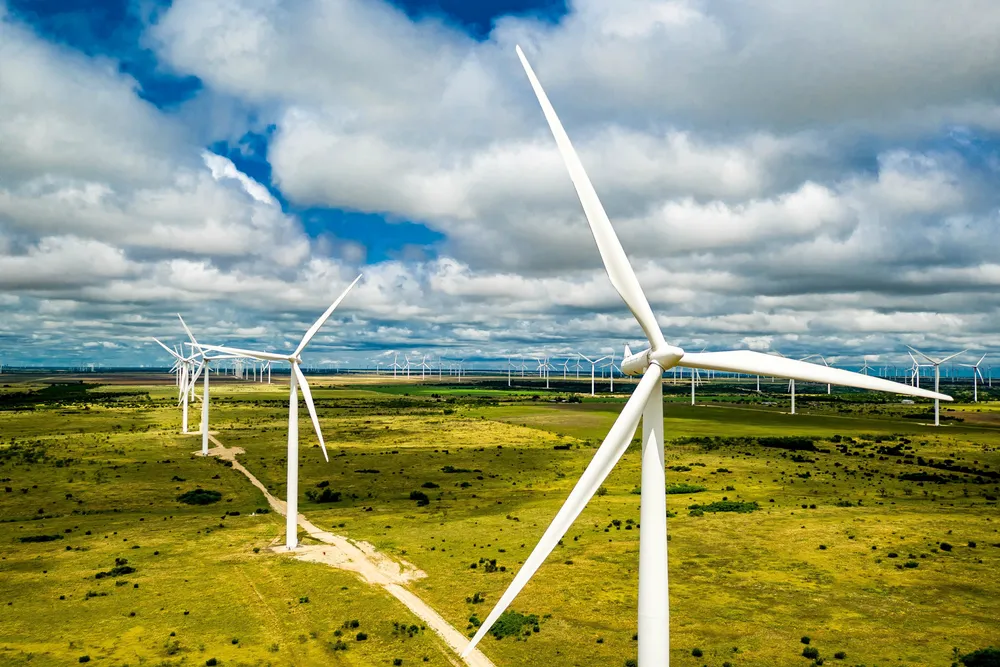No end in sight as US developers push ever-taller onshore wind turbines: DoE report
Turbine tip heights averaged 170 metres in 2023 while some near-term projects are seeking approval for 225 metres or taller

Among proposed turbines, average tip heights are 206 metres, an increase of 42 metres from 2022, easily surpassing iconic national man-made structures such as the Gateway Arch (192 metres), Washington Monument (169 metres), and Statue of Liberty (93 metres).
Most turbines in development with tip heights 225 metres or above are in Texas, the number one onshore wind market in the US and western hemisphere. Other projects are in the states of Arizona, Idaho, Maine, Montana, Ohio, Oregon, and Washington.
Some developers of ultra-tall turbines have focused on Texas as it is generally easier to site, permit, and build projects, which helps contain costs, although interconnection can be a hurdle in some areas of the Great Plains region and West Texas.
The tallest towers have found use in the Midwest and Northeast, two regions known to have higher-than-average wind shear - greater increases in wind speed with height - which makes taller towers more economical, according to the report.
The report cites data from the Federal Aviation Administration (FAA) which measures the height from the ground to blade tip extended directly overhead.
Developers are required to submit permit applications for proposed turbine tip heights to FAA, which regulates all aspects of civil aviation including transportation safety.
Turbine heights reported in FAA permit applications represent the maximum height and can differ from what is installed. “Historically, however, the FAA permit datasets have strongly conformed to subsequent actual installations on average,” noted the report.
Taller turbines can tap higher-than-average wind shear which makes them more economical and productive. This is particularly the case in the Midwest and land-constrained Northeast, according to the report, but turbines in most other areas are also reaching new heights.
The trend toward taller turbines has kept pace with larger average nameplate capacities, hub heights, and rotor diameters.
In 2023, nameplate capacity of installed turbines in the US averaged 3.4MW, 5% larger than the previous year, while average hub height was 103.4 metres, also 5% larger. Average rotor diameter in 2022 was 133.6 meters, a 2% increase.
(Copyright)